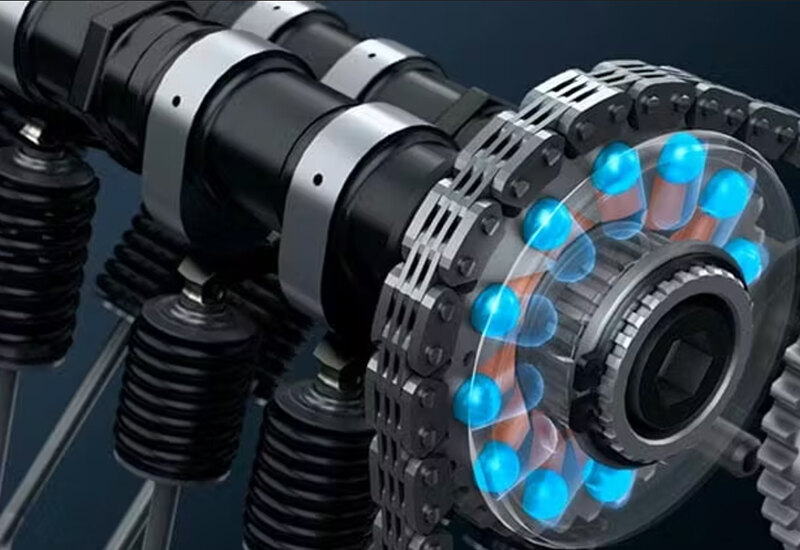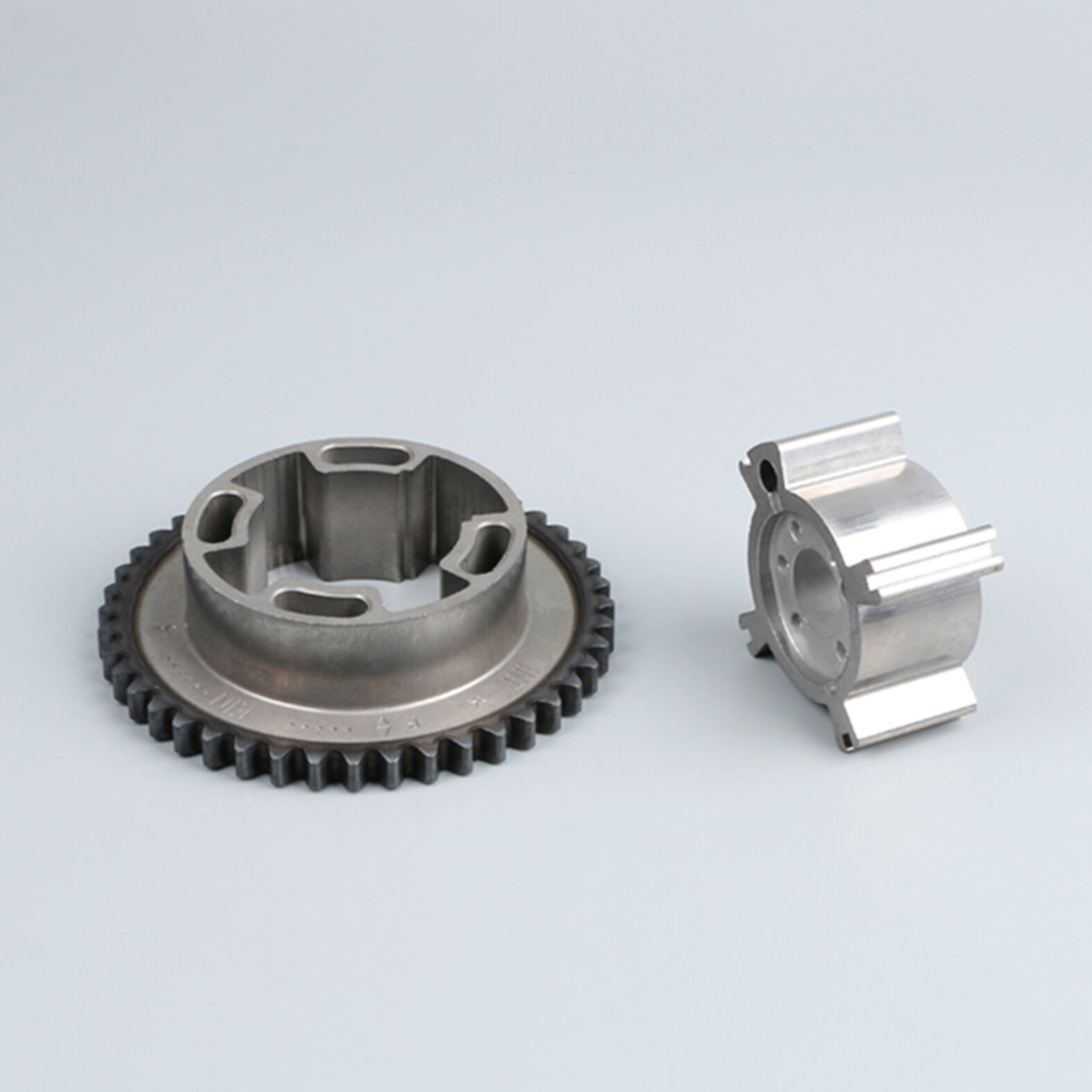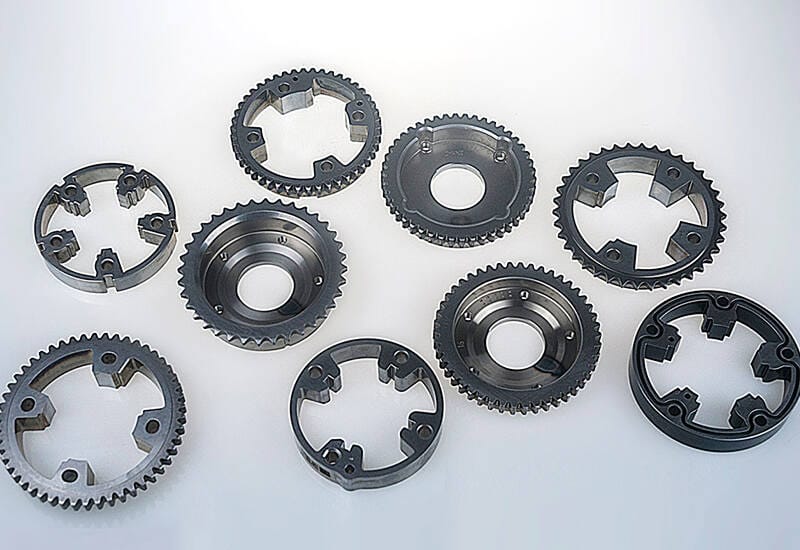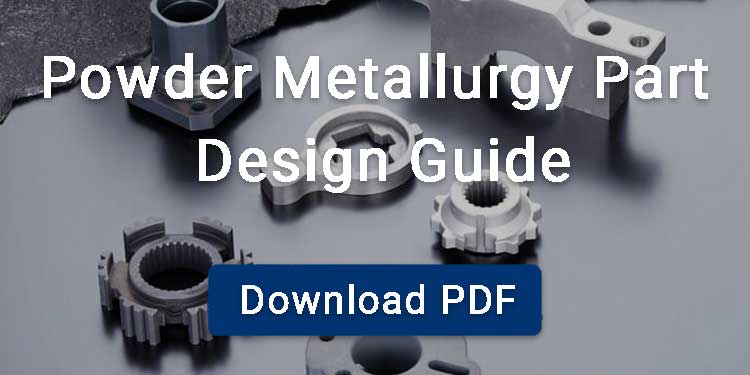Modern internal combustion engines operate in a wide range of speeds and loads. That’s why they require both power and efficiency. However, fixed valve timing makes it difficult to achieve because at high engine speeds it limits the timing of intake and exhaust valve events, reducing volumetric efficiency and power output.
To resolve this issue, manufacturers have introduced variable valve timing (VVT) systems instead of relying on fixed designs. An essential component of this system is a camshaft phaser that allows continuous adjustment of valve timing according to the changing driving conditions.

Contents
Basics of Engine Valve Timing
Valve timing plays an important role for the efficient working of an engine. As it determines the rate of opening and closing of valves that is responsible for filling the cylinder with air-fuel mixture and releasing the burnt gases. If valves open or close too early or too late, the cylinder may not fill completely, or exhaust gases could remain trapped.
At low engine speeds, this leads to rough operation and wasted fuel; at high speeds, airflow restrictions reduce power. Since fixed timing cannot adapt to changing conditions, that is why modern engines use adjustable systems to boost efficiency and performance and lower emissions.
What is a Camshaft Phaser?
a camshaft phaser is a device mounted on the end of a camshaft. The role of camshaft phasers is to alter the rotational position of the camshaft relative to the crankshaft, precisely controlling intake and exhaust valve events. This adjustment influences valve overlap, engine power delivery, fuel efficiency, and emissions. This phaser enables the engine to adapt timing for varying conditions by advancing or delaying the valve events. As a result, the power output, fuel efficiency, and emission control of the engine are balanced.

Types of Camshaft Phasers
Hydraulic Phasers
These camshaft phasers rely on engine oil pressure to control the valve timing. This oil pressure is directed by a controlled solenoid to rotate the camshaft. In such an engine the internal piston moves as soon as the oil fills the chamber, resulting in advancing or retarding the camshaft angle. These hydraulic designs are widely used because of their reliability for smoother operation and cost-effectiveness.
Electronic Phasers
Electronic units use small electric motors or actuators to adjust the valve timing. They provide quicker response and precise control, especially at idle or cold start conditions when oil pressure is low. This makes them well suited for advanced engine management systems.
How Does a Camshaft Phaser Work?
ECU Monitoring and Control
The operation of the camshaft phaser is controlled by the engine control unit (ECU). It tracks the operating conditions of the engine, such as speed, load, and temperature. By using this data, the ECU determines the position of the camshaft and whether it should be advanced or retarded.
Activation of the Phaser
After determining the new position, it sends signals to the phaser actuator, such as the oil control valve in the hydraulic system or a small electric motor in the electric phaser.
Adjustment of Camshaft Position
Upon receiving the signal, the phaser uses controlled oil pressure to adjust internal components. This action rotates the camshaft slightly relative to its timing sprocket and the crankshaft. As a result, the opening and closing moments of the valves shift earlier or later in the cycle.
Valve Timing Changes
Valve timing may be advanced at higher loads or speeds to improve power delivery, while retarding the timing at light loads helps reduce pumping losses and improve fuel efficiency.
What are the benefits of Camshaft Phasers
Improved Engine Performance
The camshaft phaser plays an essential role in improving the performance of an engine by advancing or retarding valve timing. It helps in better torque delivery at low speeds and stronger horsepower at high RPM, giving drivers responsive acceleration without sacrificing control.
Enhanced Fuel Efficiency
Phasers adjust valve timing during light load to reduce pumping losses and improve combustion efficiency. This tuning lowers fuel consumption, which is especially important as manufacturers work to meet stricter efficiency standards.
Reduced Emissions
Since complete combustion is rarely possible in internal combustion engines, some unburned fuel and gases are always present. Optimized valve timing improves combustion efficiency, reducing unburned hydrocarbons and nitrogen oxides in the exhaust. By lowering these pollutants, cam phasers contribute to compliance with tightening global emission regulations.
Greater Flexibility Across Driving Conditions
Camshaft phasers allow the engine to operate smoothly in various driving conditions by switching valve timing according to requirements.
Smoother Idle Operation
At low speeds or idle, valve overlap can cause instability. Camshaft phasers counter this by adjusting timing to stabilize combustion, reducing engine vibration and noise.
What are Symptoms of a Faulty Camshaft Phaser?
Rough Idle
Unstable valve timing can cause the engine to idle unevenly, often felt as shaking or vibration.
Loss of Power
If the phaser fails to advance or retard the camshaft correctly, the engine may struggle to deliver torque or acceleration.
Rattling Noise
A worn or stuck phaser can produce a metallic rattling sound, especially noticeable at startup or low RPM.
Check Engine Light
Faulty camshaft phasers often trigger diagnostic trouble, which illuminates the check engine light.
At BLUE, we produce precision powder metallurgy camshaft phasers for variable valve timing systems. Our powder metal cam phasers deliver high strength, wear resistance, and dimensional accuracy to optimize engine performance, efficiency, and emissions. With advanced inspection and quality control, BLUE ensures reliable parts for demanding automotive applications.

FAQ
How Long is it Safe to Drive with Faulty Cam Phasers?
Driving with bad cam phasers is risky. While the car may run for a short period, prolonged use can cause poor performance, increased emissions, and potential engine damage. That’s why it’s best to have them inspected and replaced promptly.
Can Damaged Cam Pphasers Ruin the Engine?
Yes, if ignored. A failed phaser can throw valve timing out of sync, leading to misfires, chain or belt strain, and in severe cases, piston-to-valve contact. This can cause costly internal engine damage.



